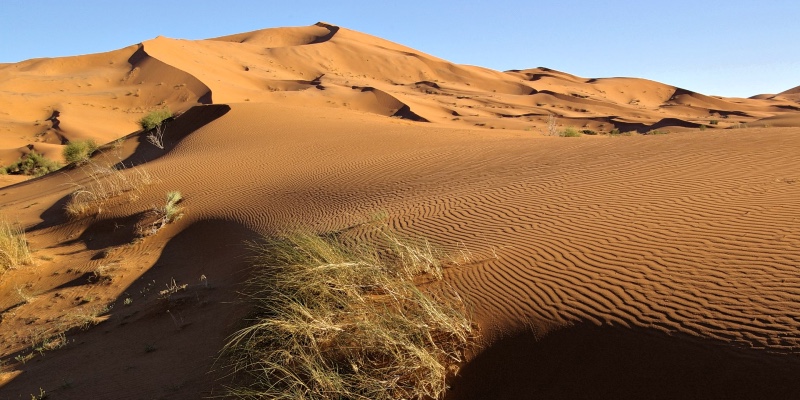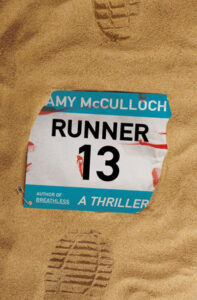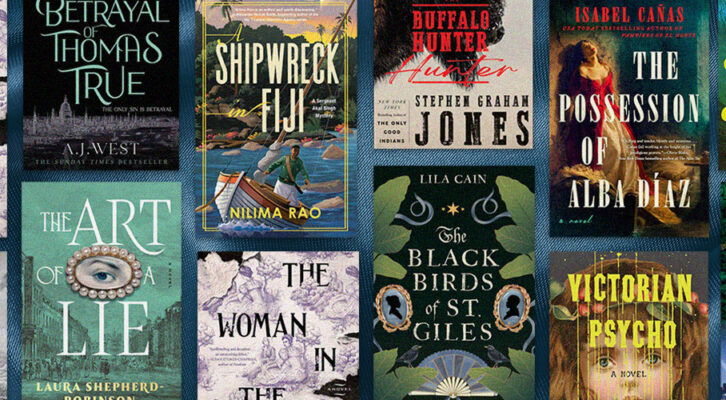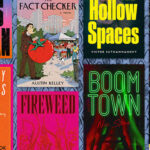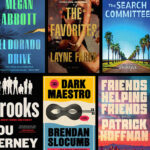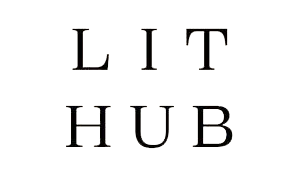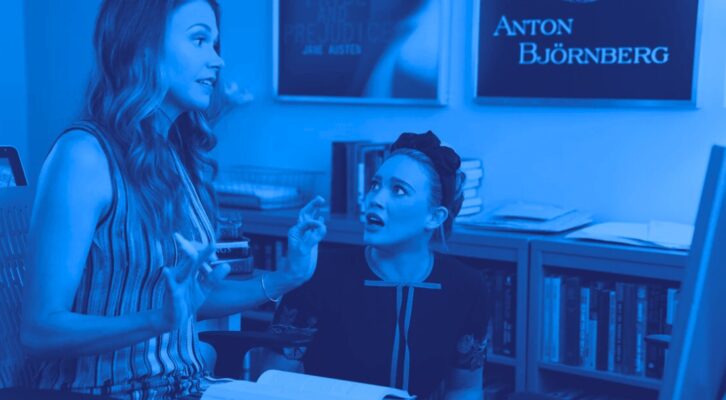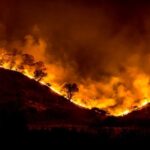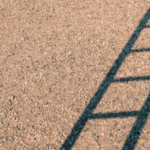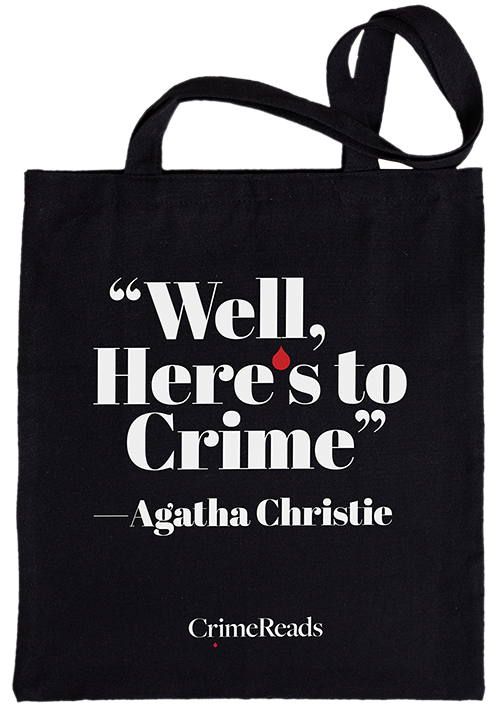We’ve all heard of ‘method acting’. That breed of actor who dives deep into their personal experiences to bring their characters to life. Think Dustin Hoffman staying awake for three days and nights on the set of Marathon Man or Leonardo de Caprio sleeping inside animal carcasses and eating raw bison for The Revenant.
So what about ‘method authoring’?
Like running over one hundred and fifty-six miles through the world’s biggest desert all for the sake of a good story? Sounds insane. And yet – that’s exactly what I did for my latest thriller Runner 13.
But why? I remember as a young, impressionable student writing her first novel, I read an apocryphal story about an author who was so dedicated to his craft that he would get degrees in different subjects so he could write about it authentically. Whether true or not, I was impressed by that level of dedication. That desire for authenticity.
For a decade, I wrote fantasy novels and had great fun weaving my travels into the settings and worlds I was creating. But it wasn’t until I had my first thriller idea that I truly succumbed to being a ‘method author’.
In 2019, I was deep into a personal journey following heartache and divorce. In the wreckage of my marriage, I found myself finding solace in the outdoors. Long hikes turned to multi-day trips turned to extreme high-altitude mountaineering – until I found myself at the top of the world’s eighth highest mountain, surrounded by world record breaking athletes at the top of their game.
Yet while I was wiling away the hours waiting for a weather window to summit at base camp, my brain was hard at work. I might have been a mountaineer in that moment, but first and foremost I was always a writer. I realized just what a perfect setting this was for a thriller. Isolated. Perilous. Remote. So I drew from my own experience to bring a level of authenticity to the ins and outs of modern high altitude climbing and combined it with a propulsive plot. The result was my debut thriller, Breathless, which went on to be a bestseller around the world and won several awards.
Turns out authenticity strikes a real chord. Through my experience meeting extreme endurance athletes on the mountain, I realized how many more great stories could be out there. I made plans to continue the journey, maybe even attempting a summit of the highest mountain in the world.
Then Covid happened. Suddenly it wasn’t possible to head out to Nepal or complete the training I needed to in the Alps. My world shrunk down to a single block. So, like so many others, I decided to go for a run.
There’s a lot of crossover between mountaineering and ultrarunning. So when I was looking for my next challenge – and my next novel idea – I looked to that world. But the furthest I’d ever run was the Edinburgh marathon way back in 2012. I knew that ultramarathon running was a completely different beast and if I wanted to write about it – and to translate that into a satisfying, thrilling novel – I’d have to go out there and find out what it was like for myself.
The Marathon des Sables is billed as the “world’s toughest footrace”. Set deep in the Moroccan Sahara desert, it’s a one hundred and fifty six mile stage race over five grueling days. Heat, sand, wind – the environment is just as much of a challenge as the run itself. You have to be fully self-sufficient, carrying your own gear, all your food and sleeping equipment for the race – everything except water. You sleep under the stars, and you have to complete each stage within a specific time limit.
In other words – the ideal challenge to test myself and perhaps to find inspiration for another book.
The Marathon des Sables was the first time I went into an experience knowing that it would feed into a novel. The benefit was being able to really pay attention to the details. The downside was the constant fear that I wasn’t capable of getting to the finish line. At the start, it seemed unfathomable. After the first day, it seemed impossible. In the middle of the second day, whilst enduring the third hour of an intense sand storm, I thought I wouldn’t get a choice – that I’d be timed out of the race.
But somehow I found another gear. I dug deeper. And I got myself through.
Plotting the novel while I was running also helped while away the miles. In addition to singing the entire score of Hamilton musical and watching Lord of the Rings in my head. That was a detail that made it into the book.
Putting myself in the arena also put in my contact with some amazing, surprising people. Everyone running for a cause. Their own personal ‘why’. So many backstories, so many interesting characters.
Truth is often stranger than fiction, and that’s why it makes such an excellent mine.
So why not write a straight memoir?
I find that fiction gives me the freedom to play with character, exploring themes in an even deeper and more meaningful way. When I ran the Marathon des Sables, I was really experiencing what it was like to push myself to the limit. To ask myself the question: what am I capable of?
In my novel, Runner 13, I was able to take that question and really take it to the extreme. The race director, Boones, is only interested in testing one question: how far would someone go? What are they capable of? He devises a horrific test of mental and physical prowess: two hundred and fifty miles through the Sahara desert, carrying all your supplies on your back. But he’s known for his surprises. Prepare for the unexpected is the motto when it comes to a Boones race. And he’s about to push these runners further than even he could have imagined.
I’m also fascinated by the dedication and commitment and pure skill I’ve seen by the elite runners in these ultramarathon races. There’s no amount of ‘method authoring’ I can do that could turn me into anything other than an extremely slow, back-of-the-pack runner, but in my novel I wanted my main character to be one of the best. In the running for a win, not just for a medal. I wanted her to be competitive, strong, especially as ultramarathon running is one of the few sporting arenas where women can compete at the same level as their male counterparts, sometimes beating them on the exact same course and in the same conditions.
I also love for my books to transport readers to a different place – not just a setting, but into a new world. Whether that’s mountaineering, ultra-running or sky-diving, it’s always a thrill to give a reader a taste of something different.
Still, the problem with making a name for myself as a ‘method author’ is that there always comes the dreaded question: what’s next? But that’s the fun part. I get to think about what intrigues me, what inspires me – and then plan to go experience it myself.
When I told my editor about my plan for book four (to learn how to jump out of a plane on my own), he simply laughed. And then, channelling Laurence Olivier, he said: ‘you know, Amy – have you ever tried just making it up?’
And maybe one day I will. But for now, I’m planning my next adventure.
***
For more about my adventure, watch The Story Behind Runner 13 on YouTube: https://youtu.be/m_gK0D-mlrU?si=GWeX3G-Ek-aV1TMI

